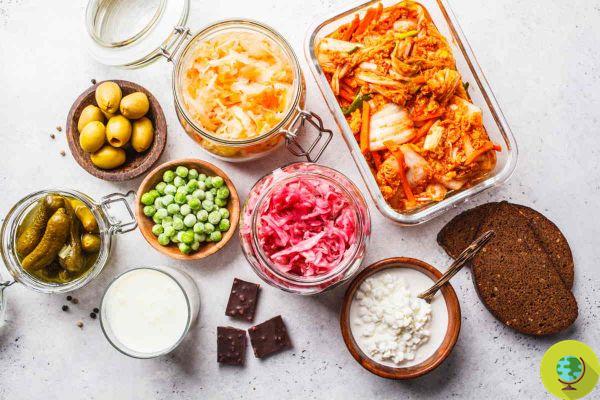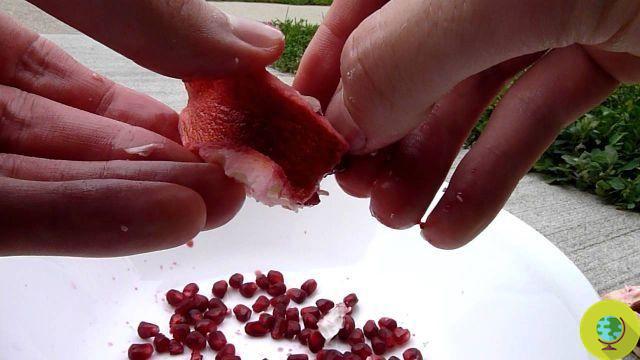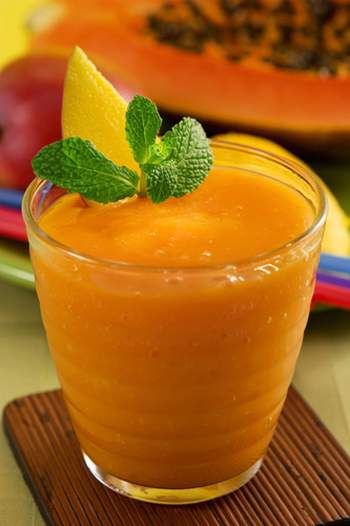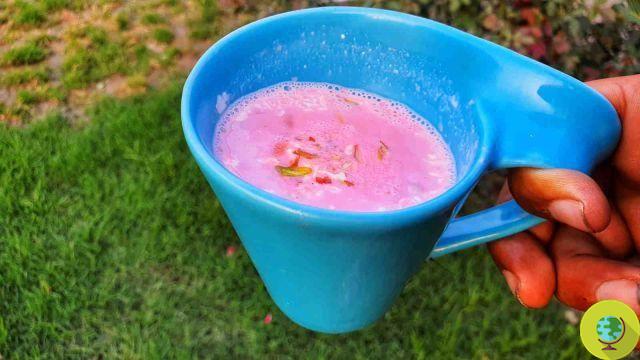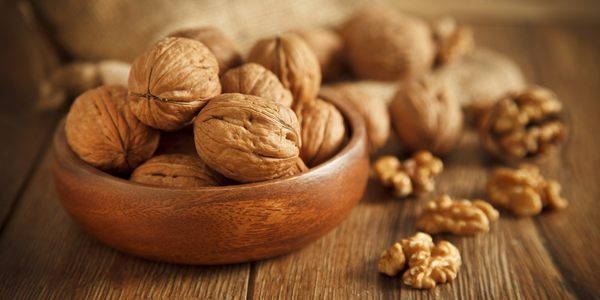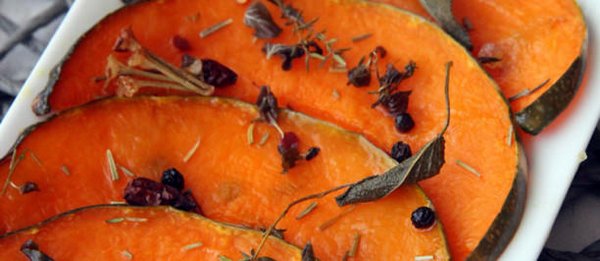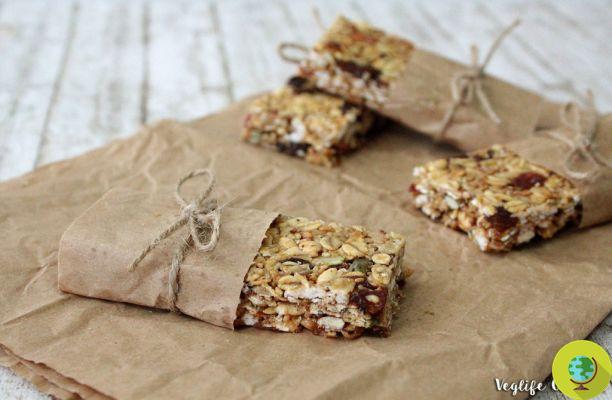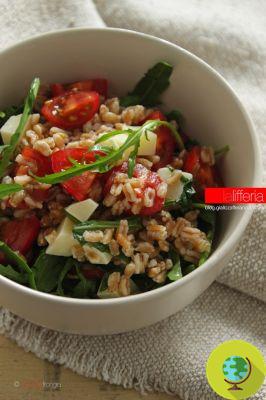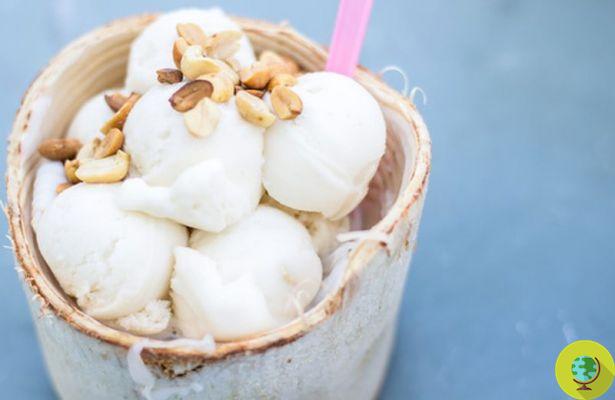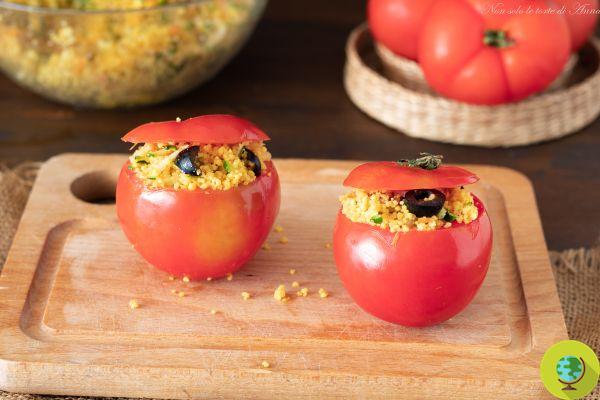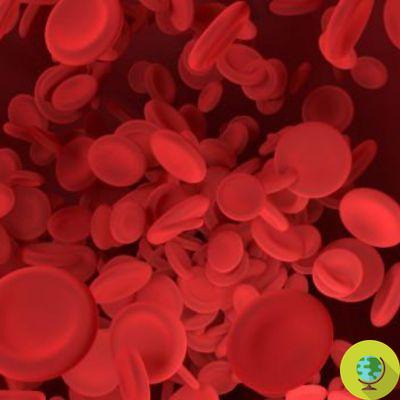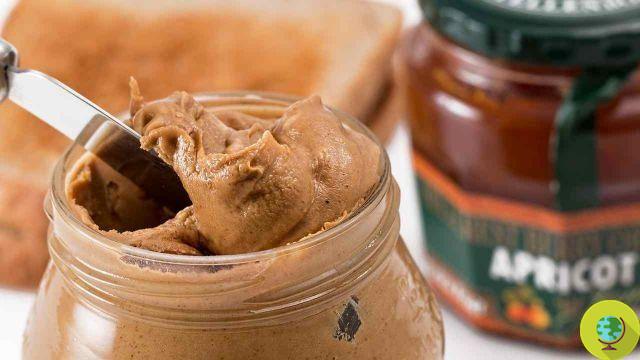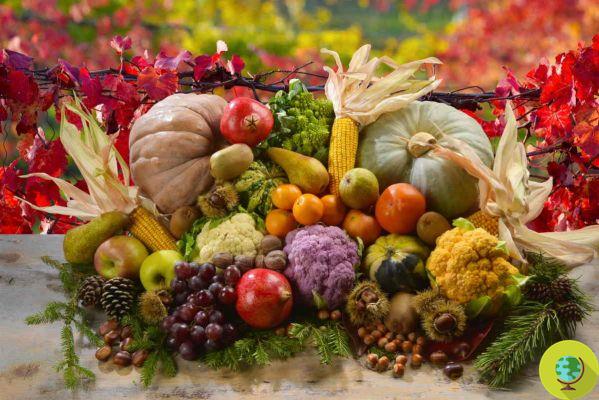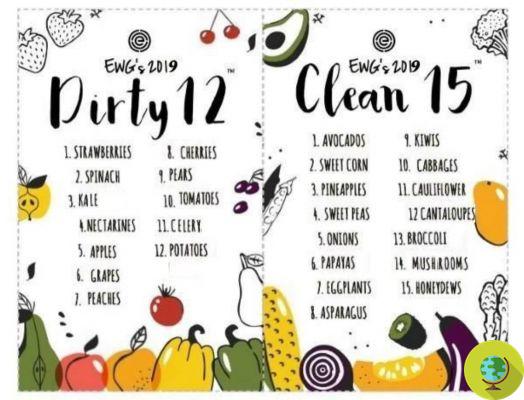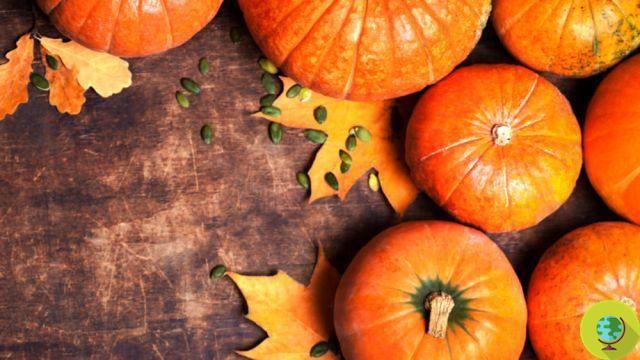
Index
Discover all the benefits of consuming pumpkin, a very versatile autumn vegetable, rich in nutrients and low in calories
Pumpkin is a vegetable belonging to the Cucurbitaceae family. Like other fruits or vegetables with yellow-orange pulp, pumpkin is rich in antioxidants and beta-carotene, a component that can be used by the body for the formation of vitamin A.
Consuming foods full of beta carotene may have the following benefits, such as protecting against heart disease and decreasing the risk of age-related macular degeneration. Eating pumpkin is also good for the heart. The content of fiber, potassium and vitamin C in pumpkin promotes the health of the cardiovascular system.
The consumption of the pumpkin juice, and of the same pulp, is recommended in case of insomnia, since relaxing properties are attributed to it. The consumption of pumpkin is also indicated by natural medicine in case of hormonal imbalances during adolescence and menopause.
Due to its nutritional composition, pumpkin is recommended in all stages of life, especially in childhood, as it contributes to the good health of the skin, bones and teeth, as well as the nervous system and digestive system.
The benefits of pumpkin are many: it is highly recommended during pregnancy and breastfeeding. It is also a convenient food in case of diabetes, because although it is sweet, its sugars are absorbed slowly and do not overload the pancreas. Consumed regularly it can be beneficial in many other health ailments.
What are the benefits of pumpkin?
• Urinary system: cystitis, prevention of kidney stones, fluid retention, kidney failure.
• Cardiovascular system: arterial hypertension, prevention of angina pectoris, maintenance of an adequate level of cholesterol and anemia.
• Immune system: chronic infections, flu, prevention of degenerative diseases.
• Digestive system: gastritis, gastroduodenal ulcer, constipation, intestinal parasites.
• Nervous system: anxiety, stress, depression, insomnia.
• Metabolic diseases: obesity and excess uric acid.
• Respiratory system:pharyngitis, laryngitis, bronchitis, asthma.
• Eye health: photophobia, night blindness, cataracts.
Nutritional values of pumpkin
The nutritional value for every 100 g of pumpkin is as follows:
- Calories: 26 (109 kJ)
- Omega 3 fatty acids: 3 mg
- Omega 6 fatty acids: 2 mg
- Fiber: 0,5 g
- Vitamin A: 7386 IU
- Vitamin C: 9 mg
- folate: 16 mcg
- Calcium: 21 mg
- Iron: 0,8 mg
- Match: 44 mg
- Potassium: 340 mg
Cooking and storing the pumpkin
Pumpkin is used to make countless recipes, rich in flavor, aroma and color: soups, broths, purees, baked pies, flans, risottos, boiled, sautéed, au gratin or as fillings for ravioli or cannelloni. The pulp of the pumpkin is also used to prepare jams, syrups or marmalades.
How to cook pumpkin
Before using the pumpkin, it should be cleaned with a damp cloth. There are several options for cooking it:
- It can be roasted in the oven cut in half and without seeds, then empty the pulp, mash it and use it in creams, soups or purees.
- Boiled: it is not recommended to cook the pumpkin for more than 20 minutes; thus its flavor and nutrients are preserved.
Spices and aromatic plants are excellent for both sweet and savory preparations: cinnamon, vanilla, star anise, cardamom, cumin, ginger, thyme, oregano, rosemary, fennel, coriander, chives, basil, pepper, curry, all marry perfectly with the pumpkin.
Soy sauce is perfect for seasoning pumpkin: cutting the pulp into large cubes and marinating it in a soy sauce dressing with herbs, garlic and anchovies, you get an exotic flavor.
Purchase and store the pumpkin
To choose a good autumn pumpkin, you should look at the peel. If it's smooth and fine, it may be a bit unripe.
The best are those with a thick but intact skin, with a peduncle. This way they will last for several months, although it is always best to consume them during the fall season.
To store them, the ideal is a cool and dry place. Once cut, the pumpkin wedges will last at least a week in the refrigerator.
Follow us on Telegram | Instagram | Facebook | TikTok | Youtube
On the pumpkin you might also:
- Pumpkin seeds: the tricks to properly store them and plant them next year
- Easy to say pumpkin: varieties and uses in cooking
- How to recycle and reuse pumpkin
- Pumpkin seeds: 10 beneficial properties
- Pumpkin risotto
- Seasonal recipes: pumpkin pie (and fridge leftovers)
- Pumpkin and cinnamon jam: the versatile preserve that contains all the scent of autumn
- Baked pumpkin: 10 recipes for all tastes






